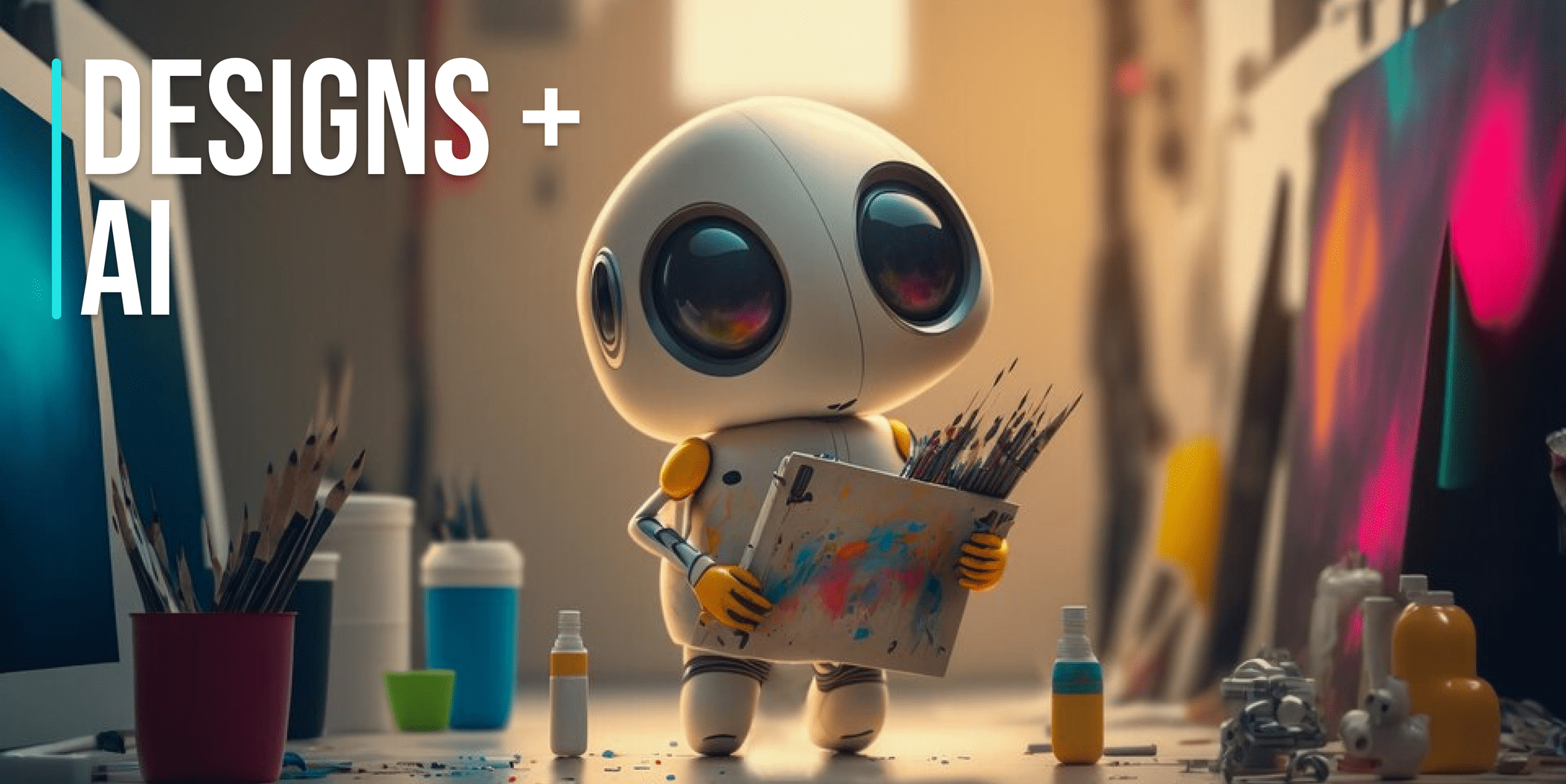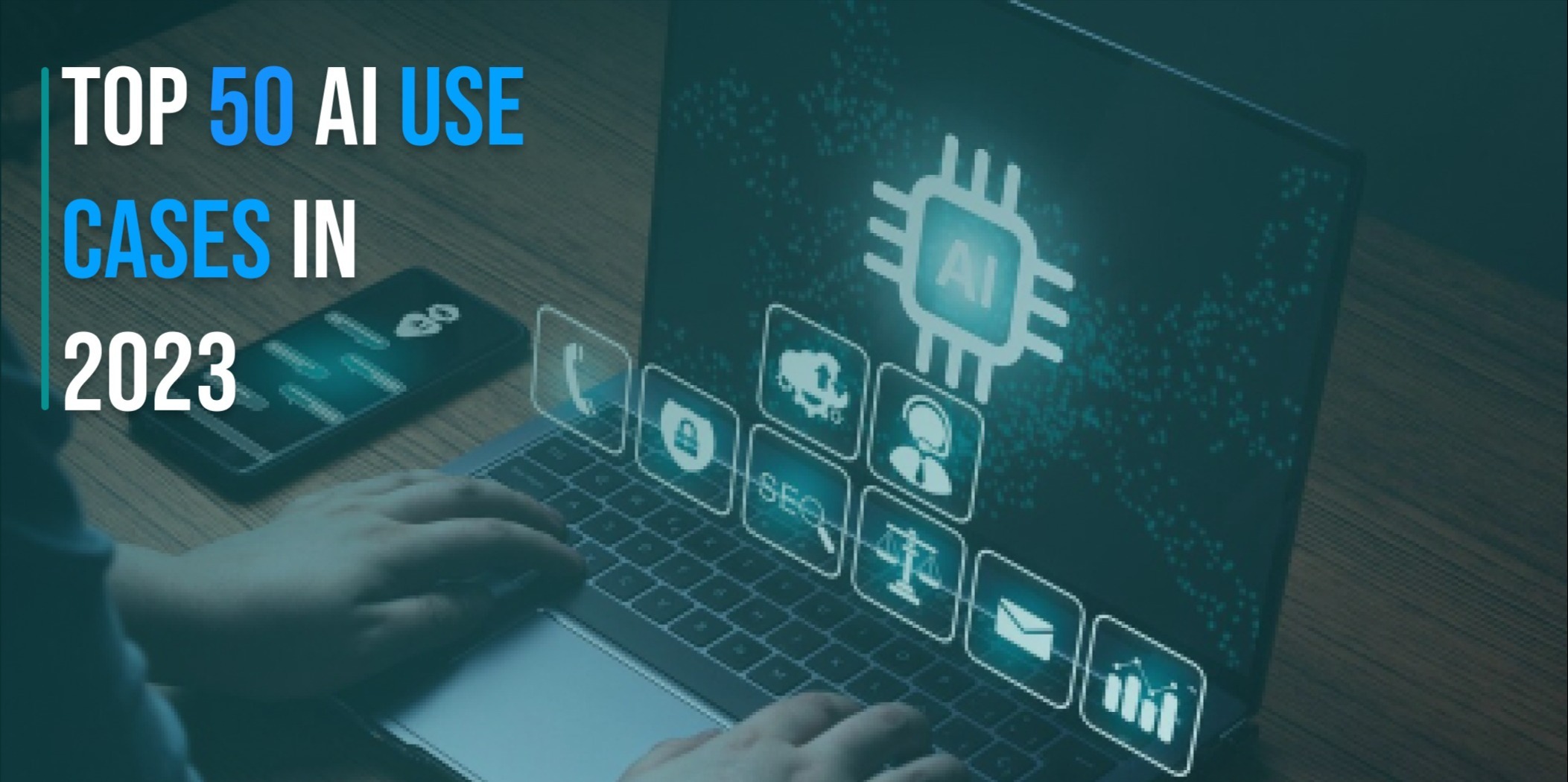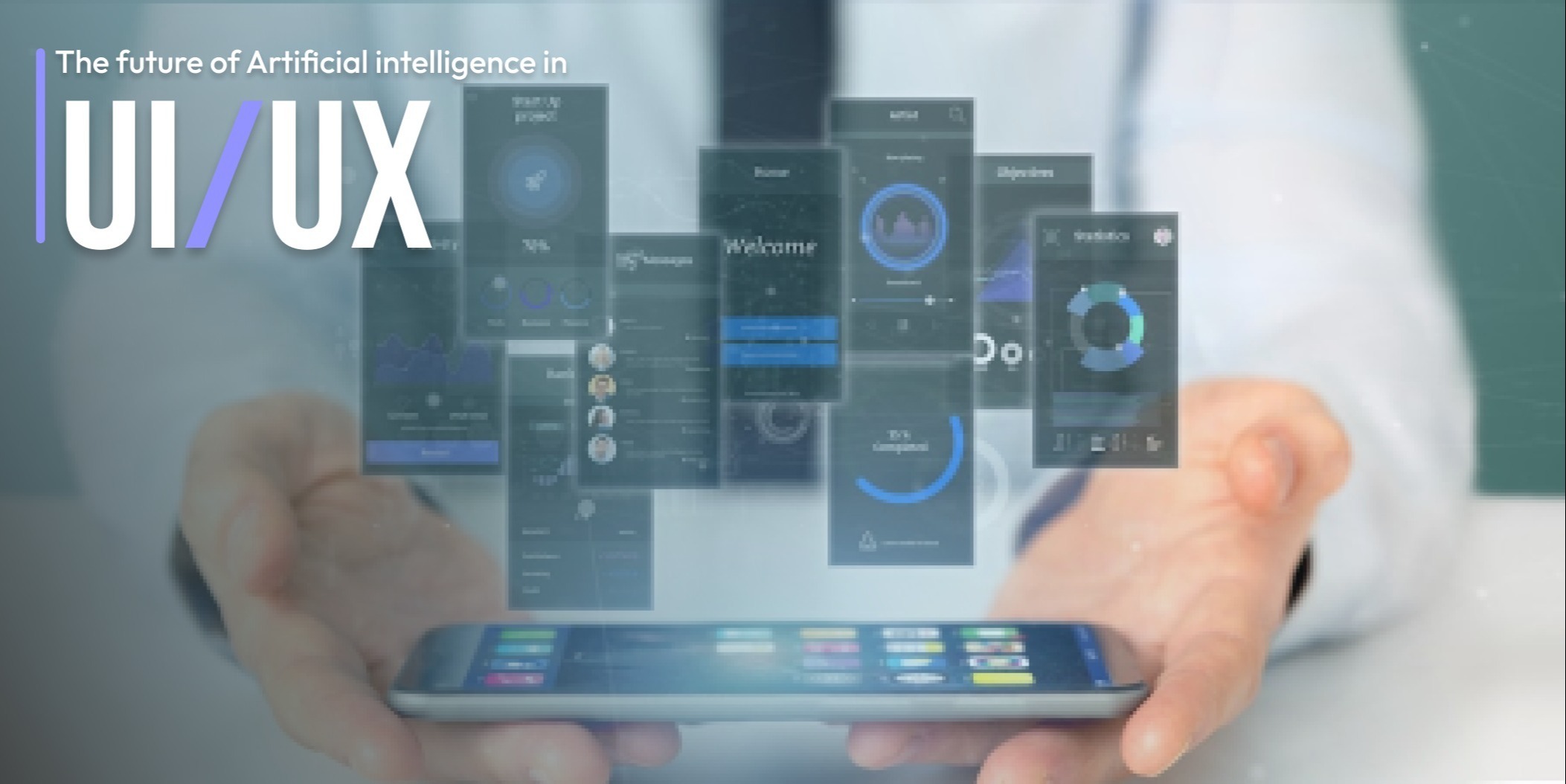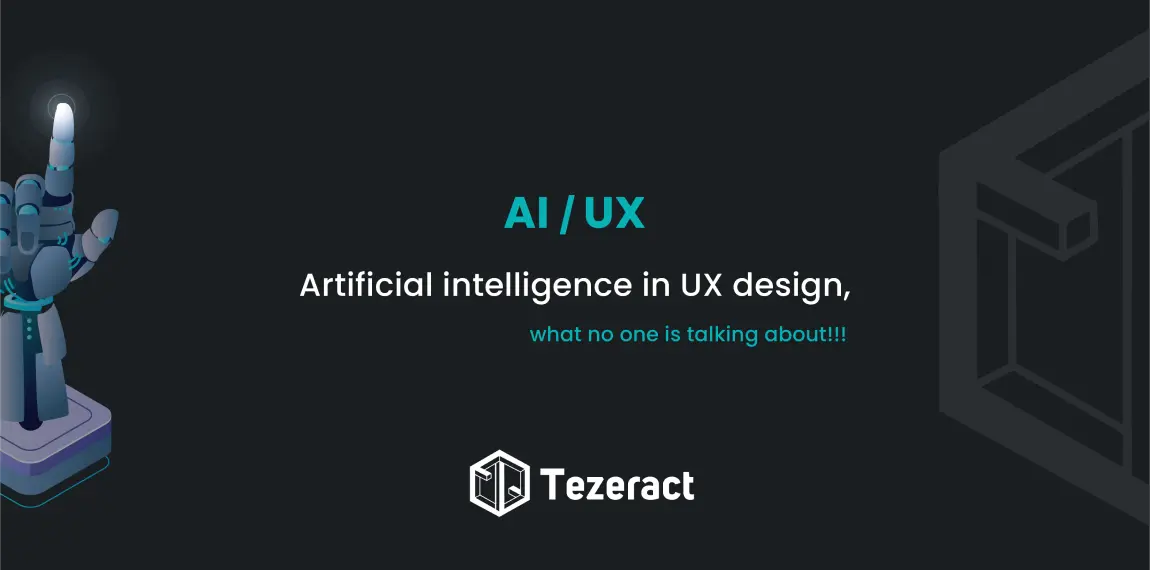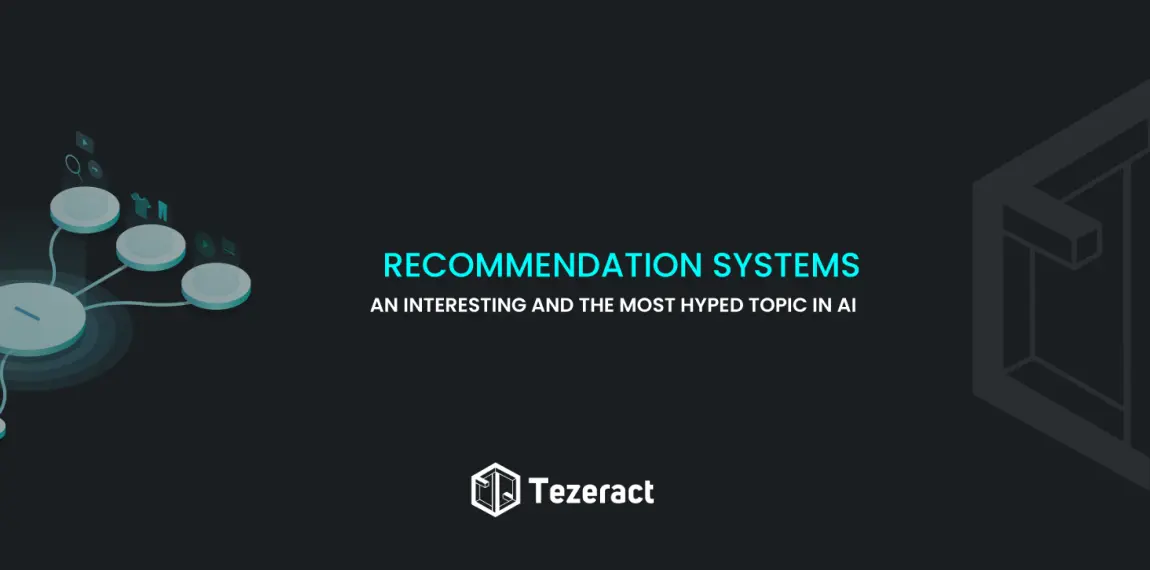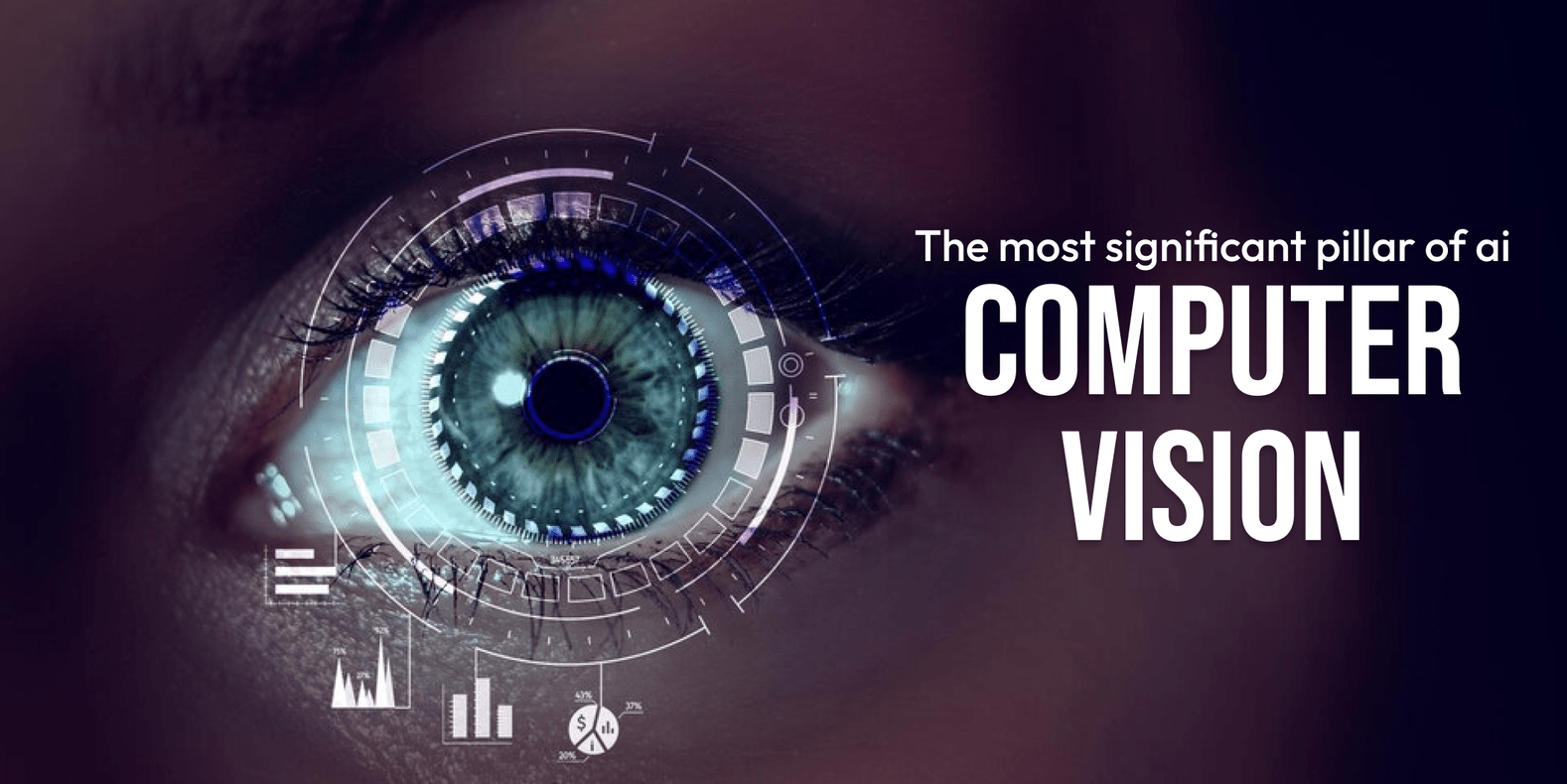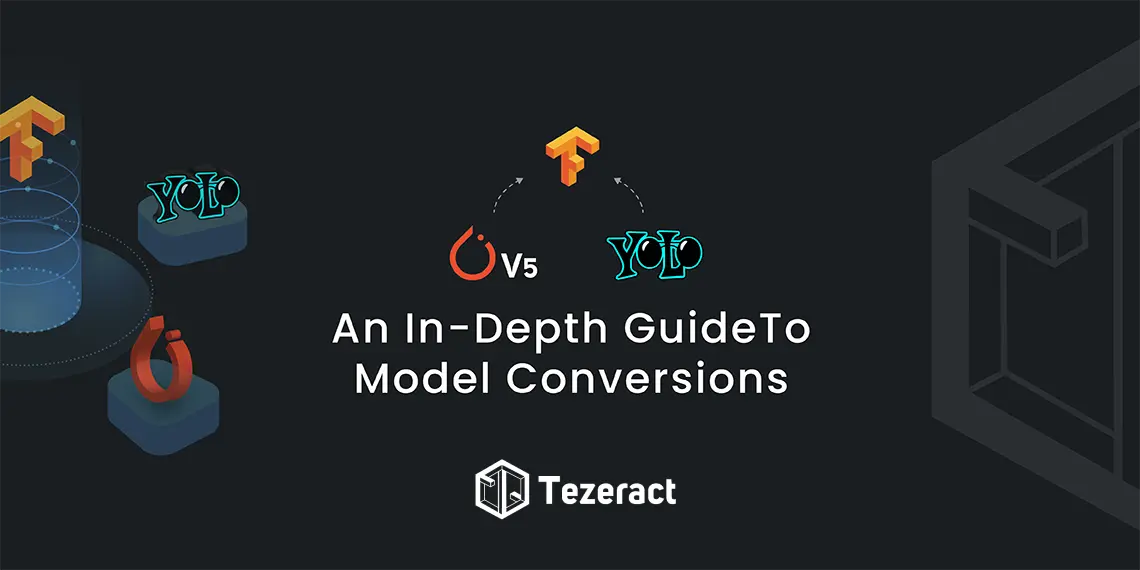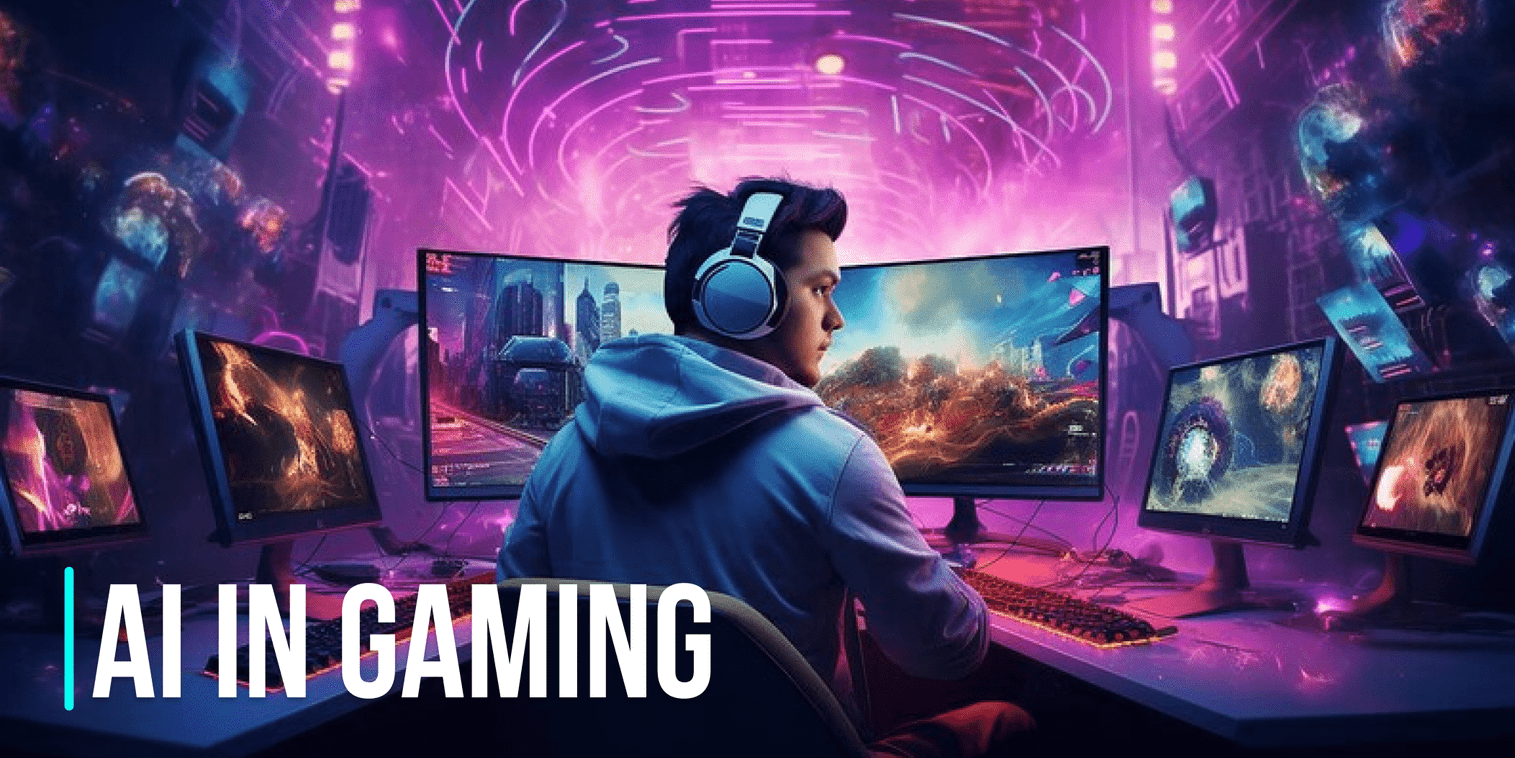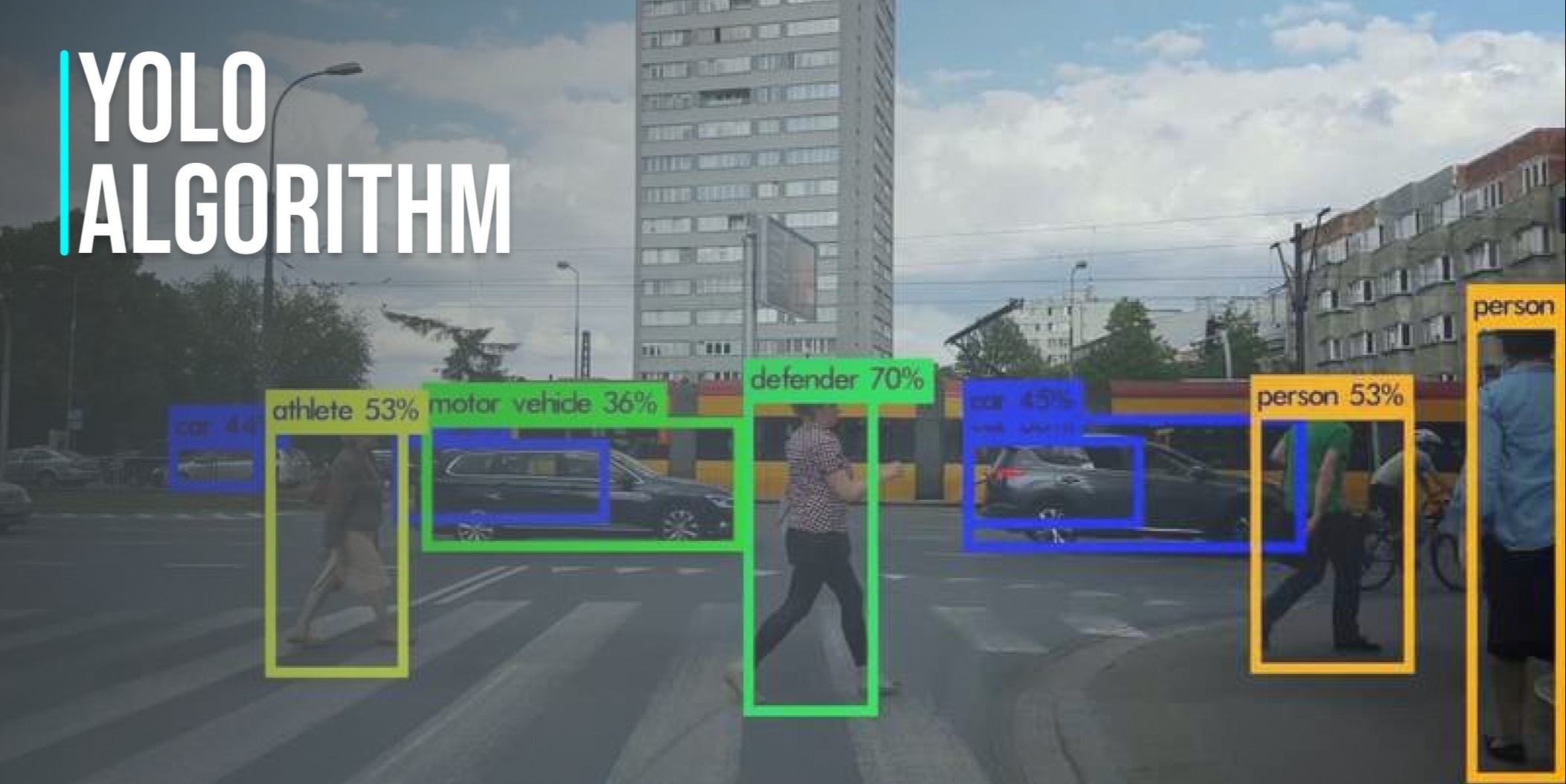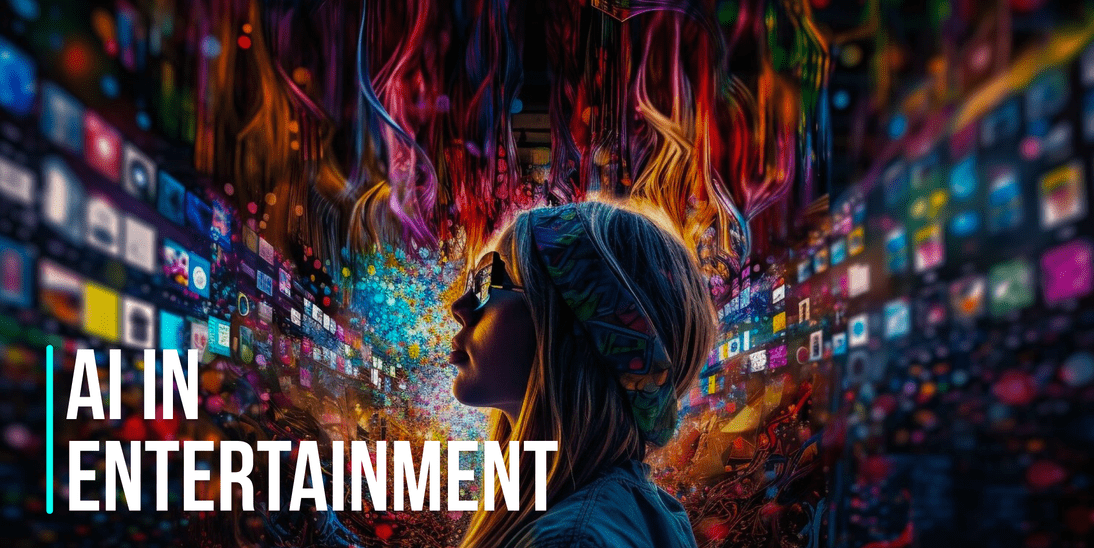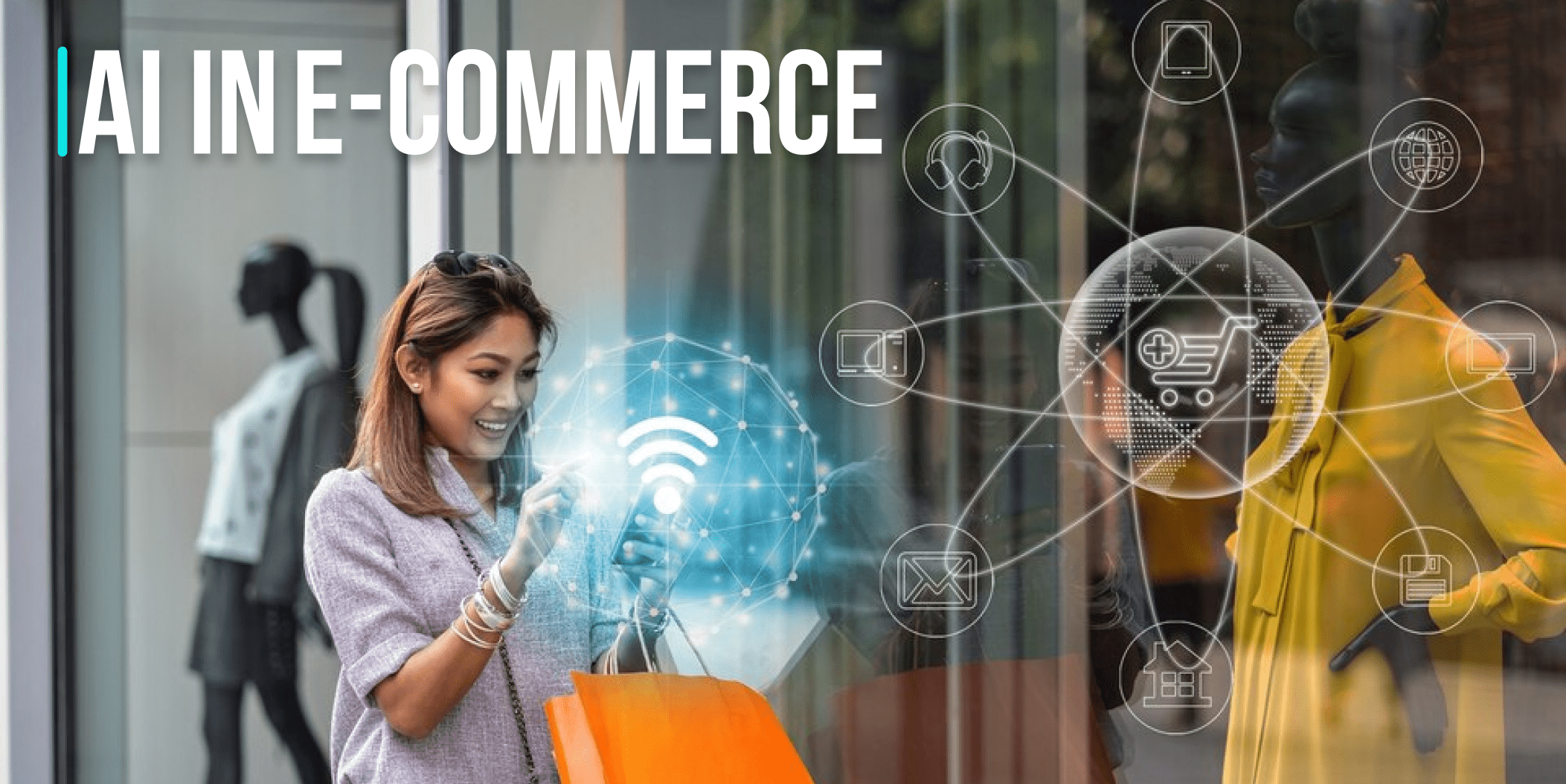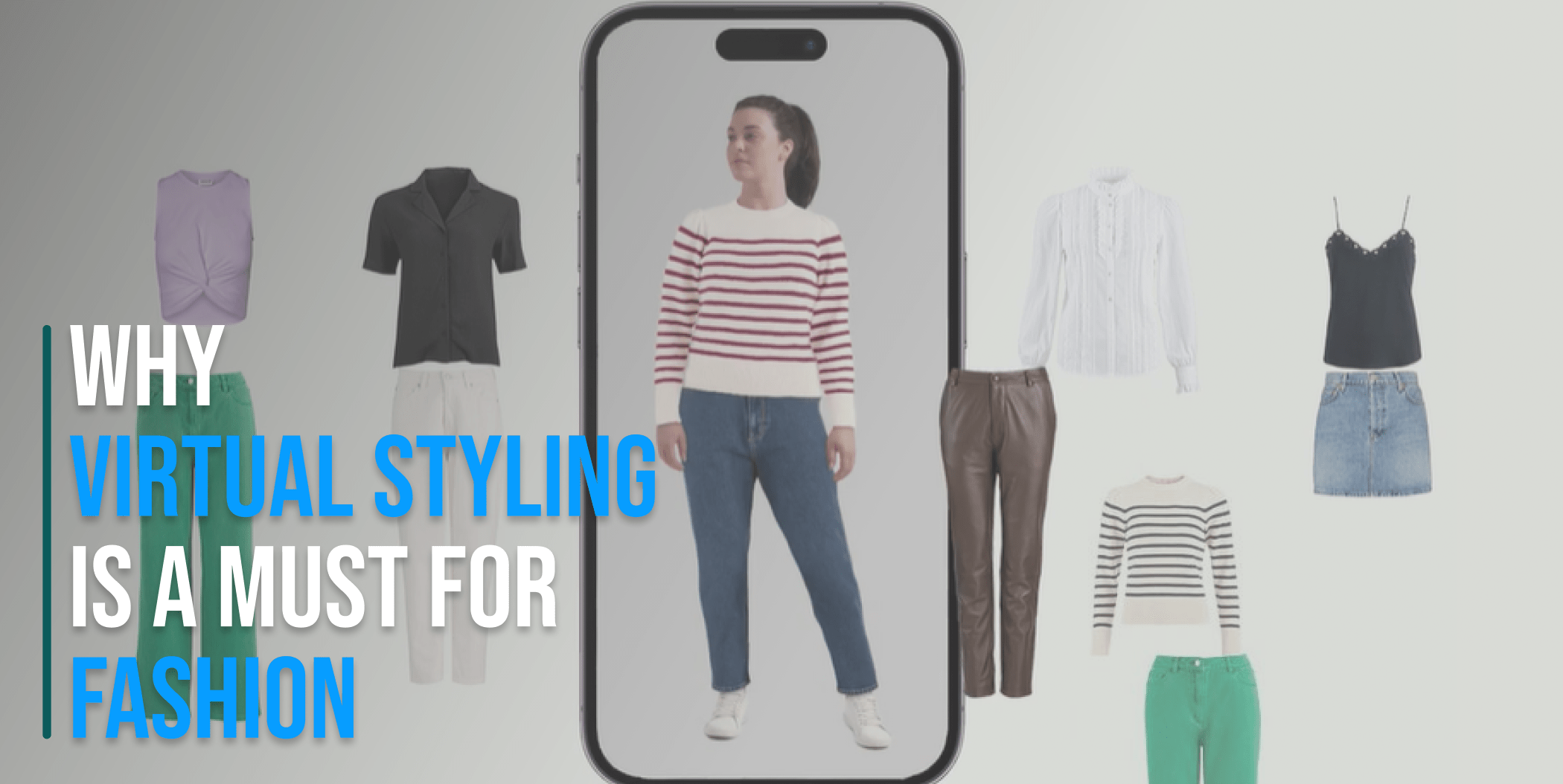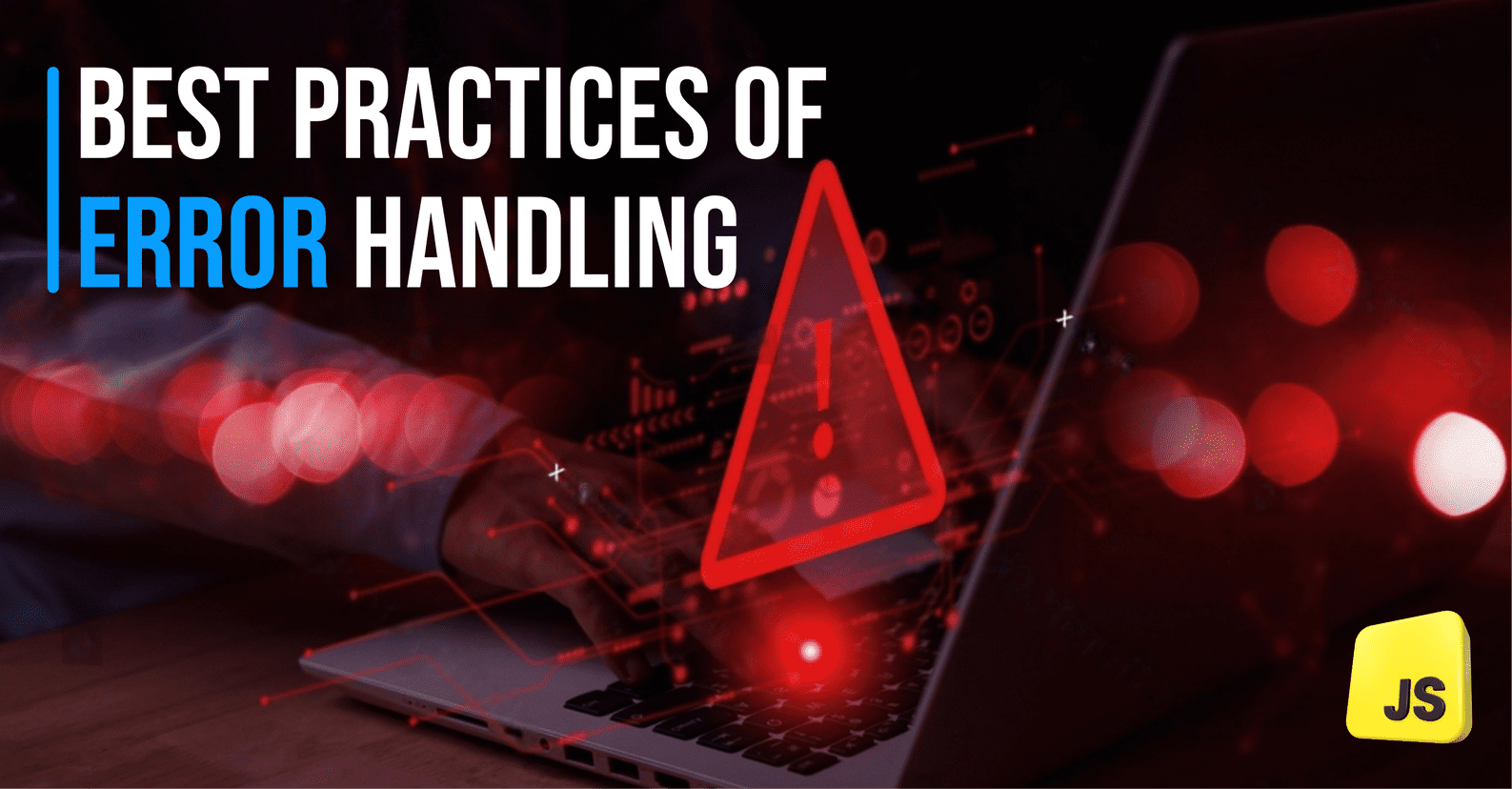Introduction
In the ever-evolving landscape of design, Artificial Intelligence has emerged as a transformative force, revolutionizing the way designers conceptualize, create, and innovate. From UI/UX to graphic design, AI has become an indispensable companion, offering a myriad of tools to enhance and streamline the creative process.
In this article, we will discuss the present impact of AI in design, spotlight existing tools, envision future possibilities of AI and design, and bring these concepts to life through relatable examples.
The Current State of AI in Design
AI’s integration into design workflows has been revolutionary, addressing challenges and unlocking new potential. One notable area is automating repetitive tasks, allowing designers to focus on more complex and creative aspects of their work.
Imagine you’re an artist or a designer. AI can automate your repetitive work by allowing you to effortlessly generate multiple mockups from a single sketch. Not only that, AI-based tools can help you create AI-powered graphics and visuals by providing a clear and understandable prompt to the tools.
Design software equipped with AI algorithms can analyze data patterns, suggest design elements, and even generate preliminary concepts based on user preferences. ML algorithms in AI enable personalized user experiences by analyzing behavior and preferences. This enhances satisfaction and provides insights into audience demographics.
The fusion of AI and AR revolutionizes interactive design, offering real-time, context-aware interactions for immersive experiences such as virtual try-ons and visualizing products in real spaces. This strengthens the connection between creators and consumers.
The Rise of Generative Design
AI-powered Generative Design is changing the way products are conceived. This new approach involves feeding design parameters into AI algorithms, which then rapidly generate a variety of design options. This not only speeds up the design process, but it also introduces unique ideas that might otherwise be overlooked.
In architecture, engineering, and product design, generative design is ushering in a new era of efficiency and innovation. By autonomously generating diverse design options based on specified parameters, this approach replaces the traditional linear design process. The rise of generative design allows for collaborative exploration with technology, resulting in optimized and elegantly complex structures, products, and systems.
Present AI tools for graphic designers
UI/UX designers are using AI tools to streamline workflows and improve user experiences. AI-driven prototyping tools analyze real-time data, predicting and suggesting design enhancements, saving time, and ensuring a user-centric approach. Additionally, Artificial intelligence in design assists in usability testing by simulating interactions and offering insights for refining designs before development, resulting in polished and user-friendly products.
Here are a few examples of AI-powered tools for graphics designers.
Artbreeder
Artbreeder is a platform that uses AI to blend and manipulate images, allowing designers to create unique visual compositions. It’s popular for generating stunning visuals by combining and morphing images using a genetic algorithm.
DALL-E by OpenAI
DALL-E is an image generation model developed by OpenAI. It uses GPT architecture to generate diverse and creative images from textual descriptions. Designers can input specific concepts, and DALL-E produces images that match those descriptions, making it a novel tool for creative exploration.
Canva Pro with Magic Resize
Canva Pro, coupled with features like Magic Resize, uses AI to automatically adjust designs to fit various formats. It simplifies the process of creating graphics for different platforms, allowing designers to quickly adapt their work to various social media posts, presentations, and more.
Present AI tools for UI/UX designers
Graphic designers are also seeing a shift in the way they work with AI-powered design tools can help create multiple variations of a design based on user input or pre-defined parameters, which can speed up the design process and give designers more options to choose from. This ability to experiment with different design possibilities opens up new avenues for creativity.
Here are a few examples of AI-powered tools for UI/UX designers.
Figma with Auto Layout
Figma is a collaborative design tool that gained popularity, and Auto Layout is a feature that automates the arrangement of design elements. It allows designers to create responsive designs with ease, making Figma a go-to tool for UI/UX design collaboration.
InVision Studio
InVision Studio is a prototyping tool that gained attention for its robust features, including animations and responsive design capabilities. It allows designers to create dynamic and interactive prototypes, making it a popular choice for UI/UX design workflows.
Zeplin
Zeplin is a collaboration tool that facilitates the handoff between designers and developers. While not strictly AI-driven, its popularity has grown due to its ability to generate style guides, assets, and code snippets automatically, streamlining the design-to-development process.
What future AI can bring to the table
Looking ahead, the future of AI in design holds immense promise. AI will continue to evolve, becoming an integral part of the creative process rather than just a tool. Advanced AI systems might assist in ideation, understanding, and interpreting complex design briefs, automating repetitive tasks, assisting in wireframing and even collaborating with human designers in real time.
As AI algorithms become more sophisticated, emotional intelligence could be integrated, enabling designs that resonate on a deeper emotional level. AI can also create a geographical design in the future based on user cultural preferences and country. Imagine a virtual design assistant that not only understands the technical requirements but also the emotional impact a design should convey.
Not only that, In AR/VR design, architects can walk through virtual buildings, advertisers can create captivating immersive experiences, and banner designers can craft interactive displays. AI acts as the enabler, making these experiences not just visually stunning but also seamlessly integrated into our everyday lives.
Generative design, involving AI collaboration, suggests solutions based on input criteria, fostering innovative ideas. AI’s role in predictive design, anticipating user preferences, promises highly personalized experiences, deepening connections between users and products.
Furthermore, AI-driven design tools could facilitate interdisciplinary collaboration, breaking down silos between designers, engineers, and other stakeholders. This collaborative approach promises more holistic and seamlessly integrated solutions, fostering innovation across industries.
Balance between AI and Human Creativity
While AI presents immense potential, the delicate balance between AI and human creativity remains a critical consideration. Design is inherently a creative endeavor, and the human touch brings emotions, intuition, and cultural nuances that AI may struggle to fully comprehend.
The collaboration between AI and design should be viewed as a symbiotic relationship. AI can handle repetitive and data-driven tasks, freeing up designers to focus on ideation, conceptualization, and emotional resonance. This partnership allows designers to harness the analytical power of AI while retaining the irreplaceable human element in creative expression. Designers should now consider AI as their helping hand rather than the replacement of their creativity
Conclusion
In conclusion, the integration of AI in design processes marks a significant evolution in the creative landscape. Present AI tools for UI/UX and graphic designers to streamline workflows, enhance efficiency, and contribute to the overall improvement of user experiences. Looking ahead, the future promises even more exciting prospects, with generative and predictive design reshaping the way designers approach their craft.
As the relationship between AI and human creativity continues to evolve, finding the right balance between AI and design is paramount. Embracing AI as a collaborative tool rather than a replacement ensures that designers can leverage technology to augment their capabilities while preserving the unique human touch that makes design a truly transformative and emotionally resonant discipline. The future of design is a harmonious blend of artificial and human intelligence, pushing the boundaries of creativity and innovation.

